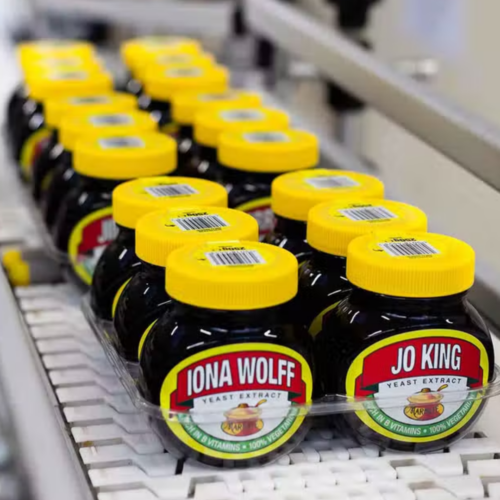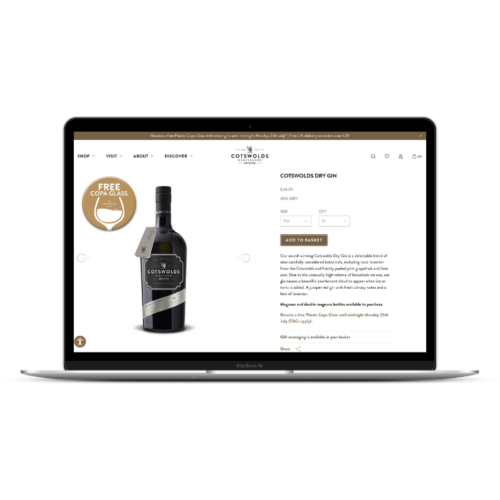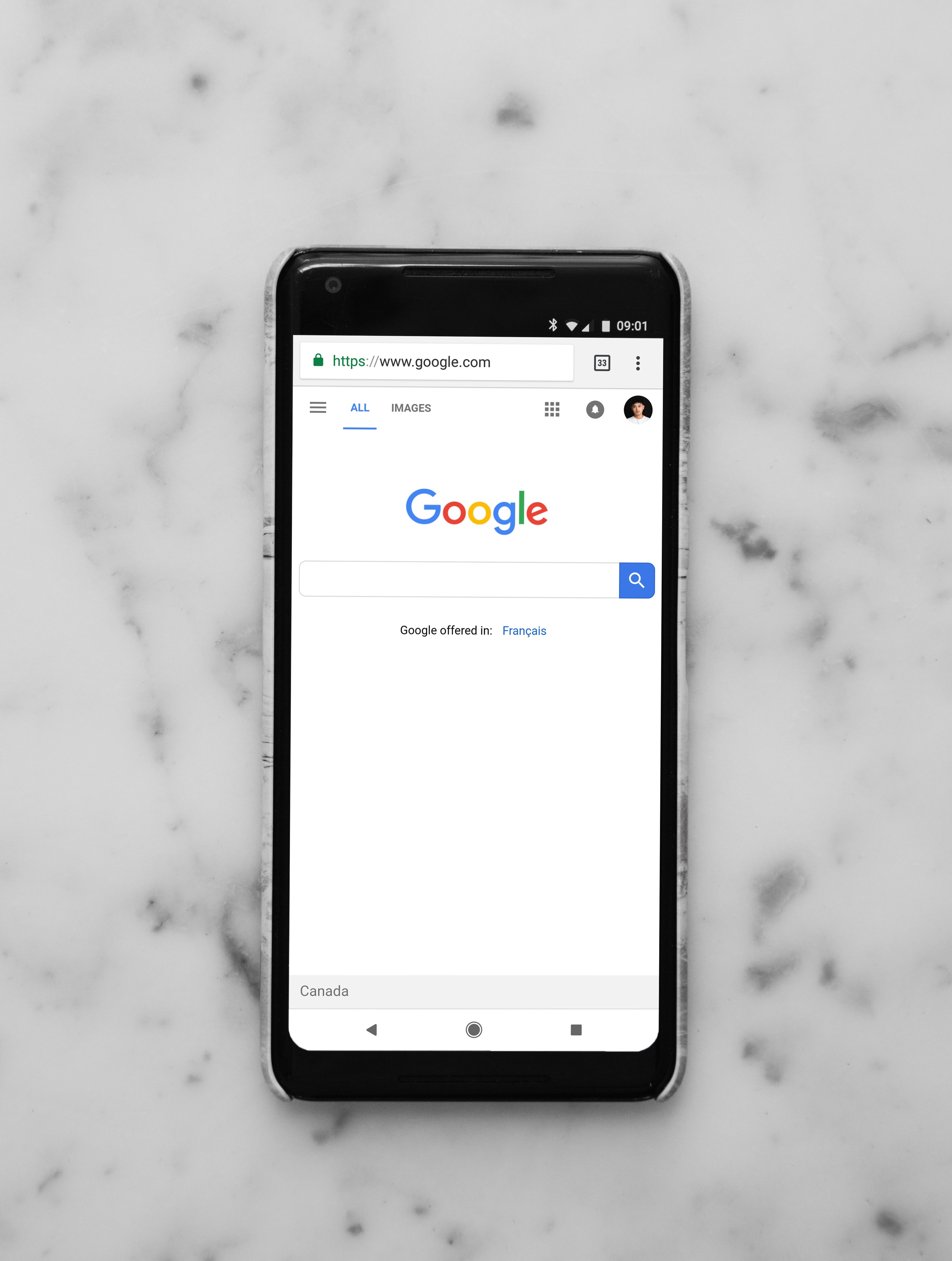COLLECT AS MUCH DATA AS YOU CAN
Collect data from your users both in the form of cookies and also declared data (or first party data). Declared data is information explicitly volunteered by consumers in a direct interaction with your business. You can do this with incentivised surveys, and by asking your customers questions periodically here and there. This is super important considering Google’s planned removal of cookies (discussed above).
Be sure to collect all of this data in a central profile, and make sure that your data is formatted correctly for input into a data management system.
CREATE CUSTOMER SEGMENTS
Group customers with similar behaviours and needs. Segment on a range of factors, from demographics such as age, gender, location, income, to shopping habits and incentives they might respond to.
UNDERSTAND THE CUSTOMER JOURNEY FOR EACH SEGMENT
The customer journey is the series of interactions with a brand from initial consideration to purchase and use and then subsequent purchases.
Integrate information from internal sources (like website visits, in-store purchases, contact centre calls) and external sources (like visits to competitor websites).
CREATE MICROSEGMENTS AND PRIORITISE
From these segments and journeys, create microsegments. Be sure to evaluate and prioritise each one based on their relative values. Which microsegment is likely to return more?
CREATE CONTENT FOR EACH MICROSEGMENT
Plan a library of content across all of your channels that you can serve to each segment. Plan in advance to react to customer signals as well. By this, we mean to plan what communication activity can be triggered when a customer provides information about a specific need or intention (e.g. a Google search, a social media post, or a purchase).
MAKE YOUR PERSONALISATION OMNICHANNEL
Ensure your customer gets a unified brand experience across the whole customer journey by including all of your channels in your activity.







